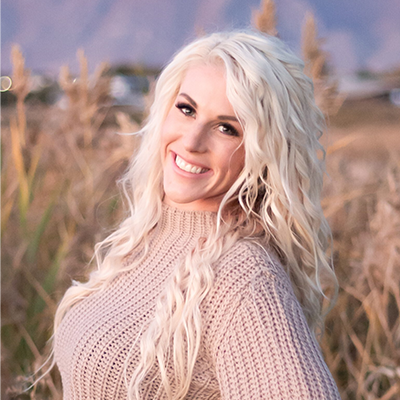If you’ve made it to part three of the cattle nutrition series, you’re well aware the key to raising a healthy and productive cattle herd is a well-rounded nutrition plan. It's not just about feeding them; if that were the case, everyone would be a successful cattle rancher! It's about providing them with the right balance of nutrients to function efficiently. In this article, we'll delve into micronutrients and discuss which ones you should consider supplementing in your herd’s diet.
Selenium Supplementation
Selenium plays a significant role in cattle nutrition. It's a powerful antioxidant and a main player in contributing to healthy immune systems within your herd, which can save you a fortune in vet bills.
Selenium Deficiency In Cattle
A deficiency in Selenium can lead to White Muscle Disease, a condition characterized by muscle weakness, stiffness, and even heart failure in severe cases. Additionally, inadequate selenium levels can result in reduced reproductive performance.
How to Supplement Selenium to Your Cattle Herd
To ensure your cattle receive the right amount of selenium, you should understand its concentration in your soil, as that has a direct impact on the selenium content of your forage. If your ground is selenium deficient, you can look into outside sources of selenium-rich forage, or opt for selenium injections and oral supplements are effective means of supplementation.
Copper
Copper is another micronutrient that shouldn't be overlooked in your cattle nutrition plan. It plays a key role in enzyme function during the metabolic process for your herd. In other words, Copper intake can directly impact how efficiently your cattle convert feed to muscle and fat tissue.
Copper Deficiency In Cattle
Copper deficiencies are fairly common among grazing herds. A lack of copper will often present itself as dull, rough coats throughout your herd. The underlying issues, however, are anemia and reduced growth rates.
How To Supplement Copper To Your Cattle Herd
Though the effects of a copper deficiency within your herd can be devastating, it’s luckily one of the easiest micronutrients to supplement. You can supplement copper by adding copper-rich feed additives, such as mineral mixes or copper boluses.
Zinc
Zinc is another micronutrient that contributes to a robust immune system. It also contributes to hoof health, which impacts how efficiently your herd can cover your pasture and rangeland to consume enough forage to maintain a healthy growth rate.
Zinc Deficiency In Cattle
A zinc deficiency can result in reduced disease resistance and various hoof problems, including lameness.
How To Supplement Zinc To Your Cattle Herd
To supplement zinc effectively, consider incorporating zinc-rich mineral mixes into your cattle's diet. Topical zinc applications can also help address any zinc deficiencies in your herd.
Vitamin A
I consider Vitamin A to be the MVP of cattle nutrition, with Copper coming in as a close second. Proper intake supports your herd’s vision, reproduction, and overall health.
Vitamin A Deficiency in Cattle
A deficiency in Vitamin A can lead to night blindness, reproductive issues, and a weakened immune system, all of which can be costly.
How To Supplement Vitamin A To Your Cattle Herd
Like Copper, Vitamin A is a micronutrient that is relatively easy to supply. It’s present in leafy greens, so as long as you prioritize high-quality forage and fresh forage alternatives, you should be in the clear. Of course, this can be challenging in colder climates, but commercial vitamin A supplements are also readily available to maintain optimal levels among your herd.
Vitamin D
As it is in humans, Vitamin D is essential for calcium and phosphorus absorption and bone development in your cattle.
Vitamin D Deficiency In Cattle
A deficiency in Vitamin D is rare for most producers, as it’s largely dependent on exposure to UV light. However, a deficiency can result in conditions like rickets, weak bones, poor growth, and reduced milk production. This is hugely important if you’re a cow-calf producer.
How To Supplement Vitamin D
Supplementing Vitamin D can be achieved through proper exposure to sunlight or by using UV lamps. Vitamin D-fortified feeds are also available, though, and could be another practical option to ensure your cattle get the right amount in their diet.
Conclusion
Balancing macro and micronutrients is the backbone of cattle nutrition planning. Maintaining optimal levels of selenium, copper, zinc, Vitamin A, and Vitamin D ensures your herd's health and productivity. Remember to carefully monitor your cattle's nutrient intake, and it’s never a bad idea to consult with a veterinarian or nutritionist to fine-tune your cattle herd’s nutrition plan. By doing so, you'll be well on your way to achieving healthy, productive, and content cattle in your herd.

%20(1).jpg)



.webp)




